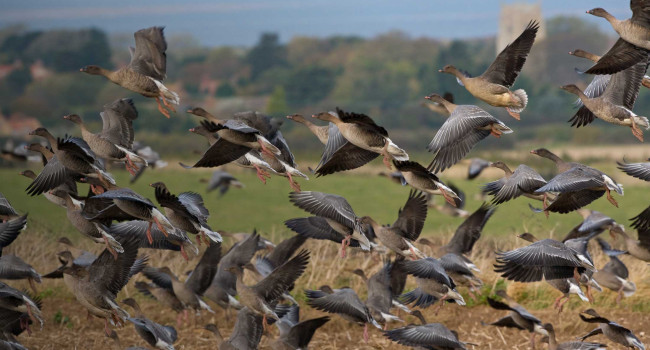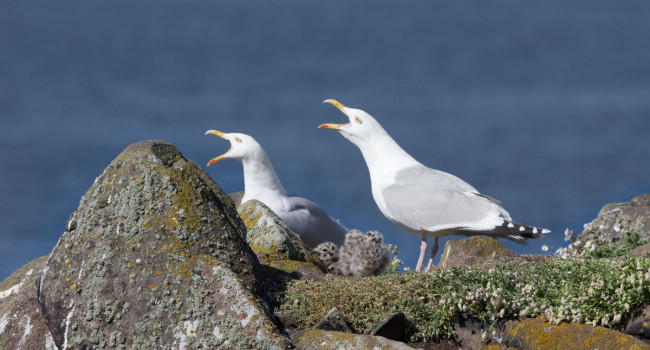Effect of GPS tagging on behaviour and marine distribution of breeding Arctic Terns Sterna paradisaea
Author(s): Seward, A., Taylor, R.C., Perrow, M.R., Berridge, R.J., Bowgen, K.M., Dodd, S., Johnstone, I. & Bolton, M.
Published: May 2020
Journal: Ibis
Digital Identifier No. (DOI): 10.1111/ibi.12849
Abstract
Tracking tags have been used to map the distributions of a wide variety of avian species, but few studies have examined whether the use of these devices have impacts on the study animals that may bias the spatial data obtained. Since GPS tags small enough for deployment on terns (family: Laridae) have only recently become available, until now tracking of this group has been conducted by following unmanipulated individuals by boat, which offers a means of comparing distributions obtained from GPS‐tracking. We compared the utilisation distributions (UDs) of breeding Arctic Terns Sterna paradisaea obtained by GPS‐tracking 10 individuals over 2 weeks, with UDs derived from contemporaneous visual boat tracks from 81 individuals. The 50% and 95% UDs of both methods had high similarity scores indicating good agreement in the density distributions derived from the two methods. The footprints of the UDs of tagged birds were ~75–80% larger, which may reflect an effect of tagging on foraging range, or the occasional inability to follow by boat individuals which roamed further from the colony. We also compared the nest attendance and chick provisioning rates of adults that were (i) fitted with a GPS tag and leg‐flag, (ii) handled and marked with a leg flag but not tagged and (iii) fitted with a leg‐flag in a previous year but unhandled in the year of the study. There was some evidence that birds fitted with both a GPS tag and leg flag spent slightly less time at the nest compared to unhandled birds and those fitted with a leg flag only. Both treatments where birds were fitted with a leg flag in the year of the study had similarly lower provisioning rates than unhandled control birds > 48 hrs after handling, suggesting that negative effects on provisioning are due to capture and handling or leg‐flag attachment rather than GPS tag attachment/loading per se. Overall brood‐provisioning rate was compensated by the increased effort by the unhandled partner. Our study suggests that despite slight effects of GPS‐tagging on behaviour, the estimates of marine density distribution obtained were very similar to those of unmanipulated birds.
Staff Author(s)








Share this page